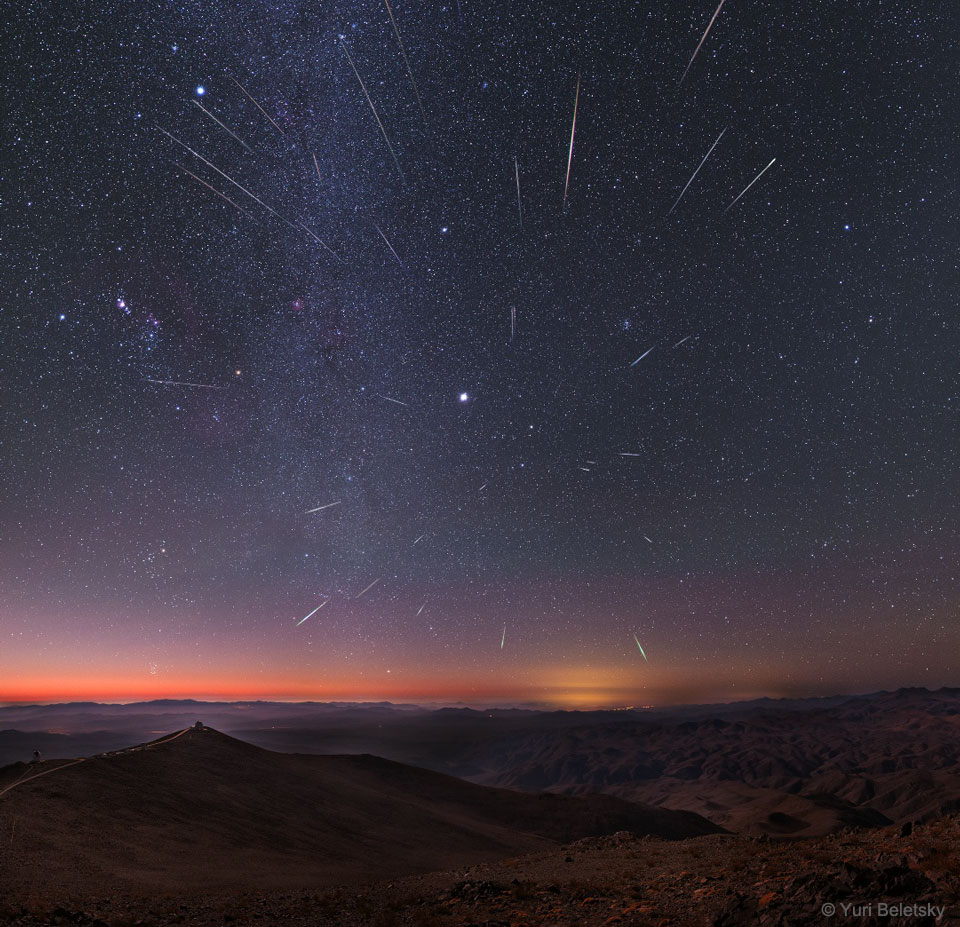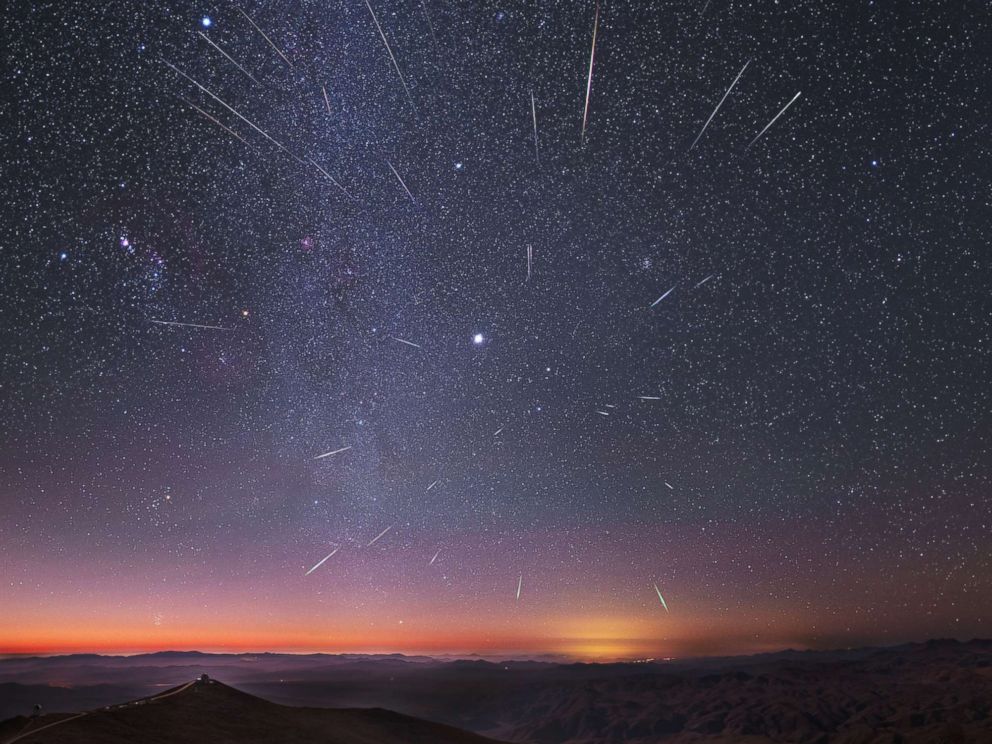
December is a great month for stargazing, with two major events happening this year: the Geminids Meteor Shower and a total solar eclipse visible from parts of Chile. Here's everything you need to know to make the most of these celestial events.
Geminids Meteor Shower

The Geminids Meteor Shower is a yearly event that occurs between December 4 and 17, with the peak happening on the night of December 13 and into the early morning of December 14. During this time, you can expect to see up to 120 meteors per hour.
The Geminids are named after the constellation Gemini, as they appear to originate from that part of the sky. However, you don't need to know anything about constellations to enjoy the show. Just find a spot away from city lights, lie down on a blanket, and look up!
While the Geminids are visible from anywhere in the world, they are best seen from the Northern Hemisphere. However, even if you're in the Southern Hemisphere, you should still be able to see some meteors.
Solar Eclipse in Chile

If you're lucky enough to be in Chile on December 14, you'll be able to witness a total solar eclipse. The eclipse will be visible from a narrow strip of land in southern Chile and Argentina, as well as from some parts of the South Pacific.
During a total solar eclipse, the moon passes between the sun and the Earth, blocking out the sun's light and creating a spectacular visual display. If you're in the path of totality (the area where the eclipse is total), you'll be able to see the sun's corona (outer atmosphere) and other features that are usually hidden by the sun's brightness.
If you're not in the path of totality, you'll still be able to see a partial eclipse. However, it's important to never look directly at the sun without proper eye protection, as it can cause permanent eye damage.
Stargazing Tips

Whether you're watching the Geminids or the solar eclipse, there are a few tips you should keep in mind to make the most of your stargazing experience:
- Find a dark location away from city lights
- Bring a blanket and warm clothing
- Use a red flashlight (red light doesn't affect your night vision)
- Give your eyes time to adjust to the darkness (about 20 minutes)
- Be patient! Sometimes it takes a little while for your eyes to spot meteors
Conclusion
December is a great month for stargazing, with both the Geminids Meteor Shower and a total solar eclipse happening this year. Whether you're in the Northern or Southern Hemisphere, there's something for everyone to enjoy. Just remember to find a dark location, bring warm clothing, and be patient!